Vol. 1 No. 2 (2023)
Published:
2023-09-30
Editorial
Article
-
 Open Access
Open AccessArticle ID: 26
-
 Open Access
Open AccessArticle ID: 74
Review
-
 Open Access
Open AccessArticle ID: 66
-
 Open Access
Open AccessArticle ID: 51

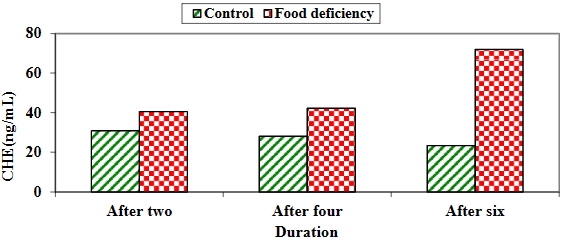
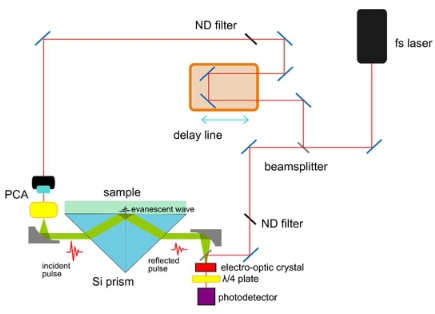
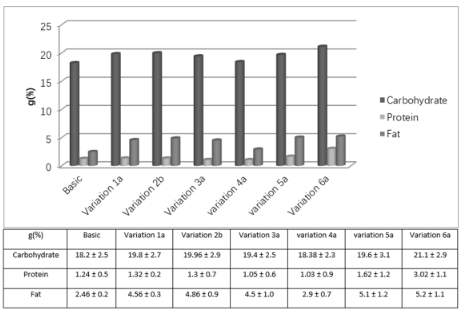

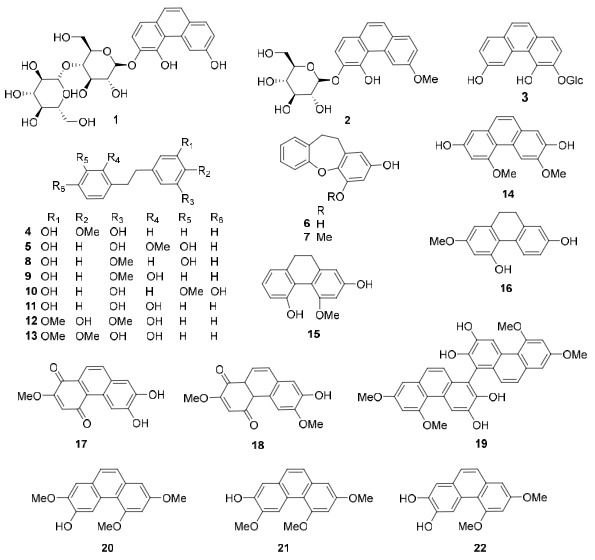
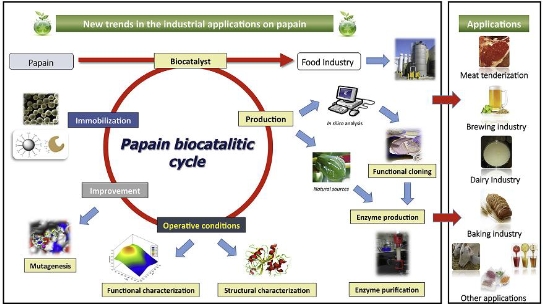


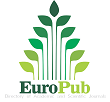

.jpg)
.jpg)

